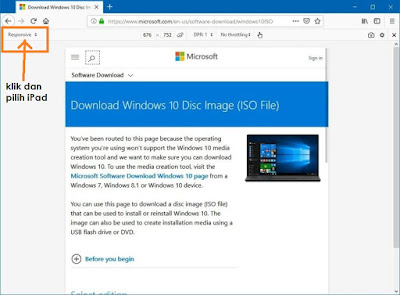
Kalender Akademik untuk sesi 2009/2010 Semester 1,2 dan Pendek. Di sini adalah perkara-perkara yang perlu para pelajar ambil perhatian.
1. Mid-Semester Break : masa untuk para pelajar mengulangkaji bab-bab yang telah dipelajari. Pelajar-pelajar yang lemah seharusnya menggunakan masa ini sebaik mungkin.
2. Revision : masa untuk membuat persediaan menempuh peperiksaan akhir.
3.Final Examination : 2 minggu di peruntukan. Tidak menghadiri peperiksaan akhir akan menyebabkan para pelajar gagal untuk subjek tersebut, walaupun 'carry marks' sudah melepasi 40.
4. Vacation : Sebelum bercuti, elok sekiranya pelajar sahkan dengan pensyarah bahawa semua hutang-hutang akademik ( Kuiz, Tugasan, Test dsb) telah di terima oleh pensyarah.
5.Senate Meeting : Sekiranya terdapat kesilapan pensyarah dalam memberi markah terhadap pelajar, ia perlu di perbetulkan sebelum mesyuarat senat. Senat adalah pemutus untuk 'result' anda (pelajar).
Klik di sini untuk Kalender Akademik








